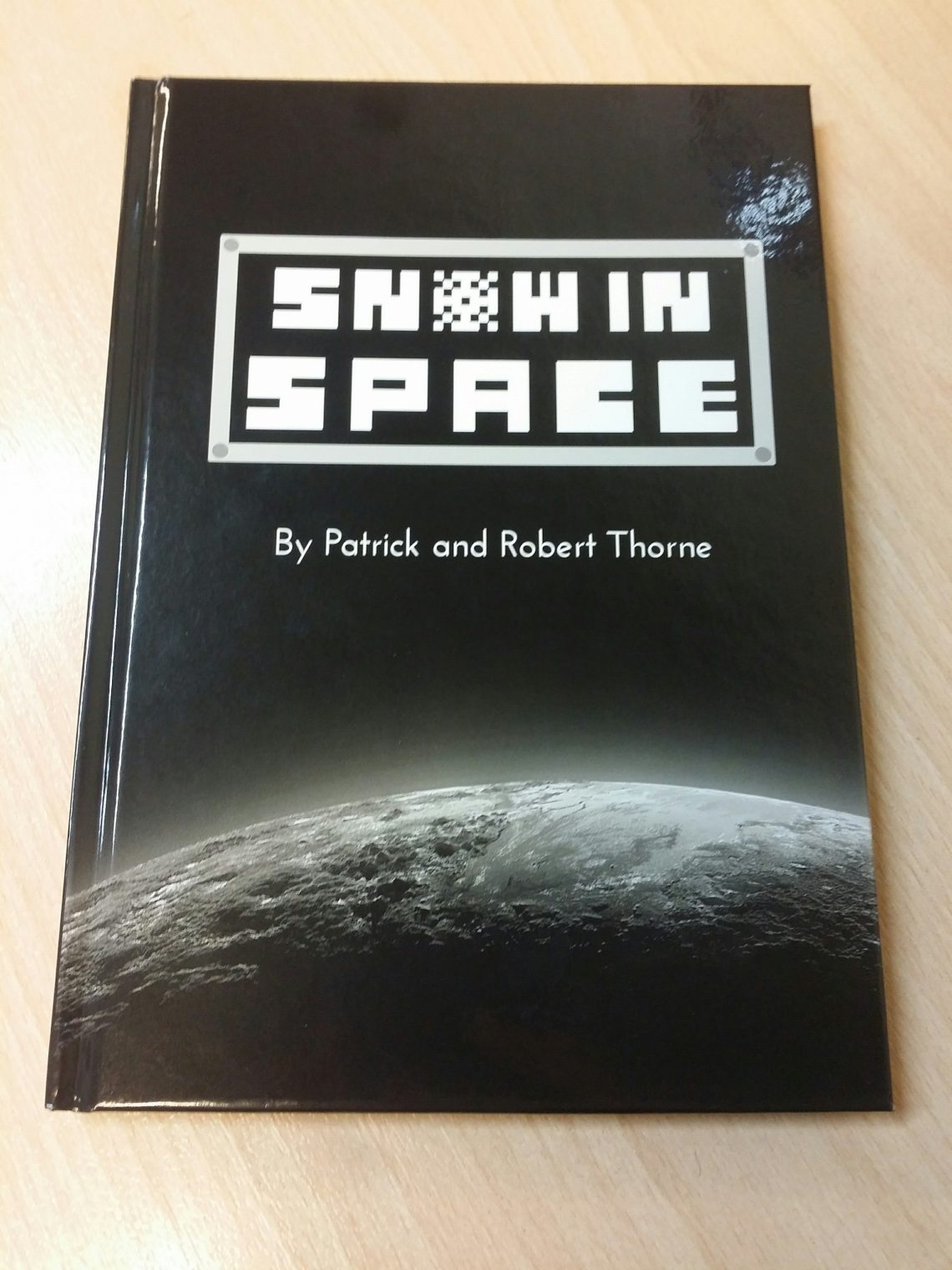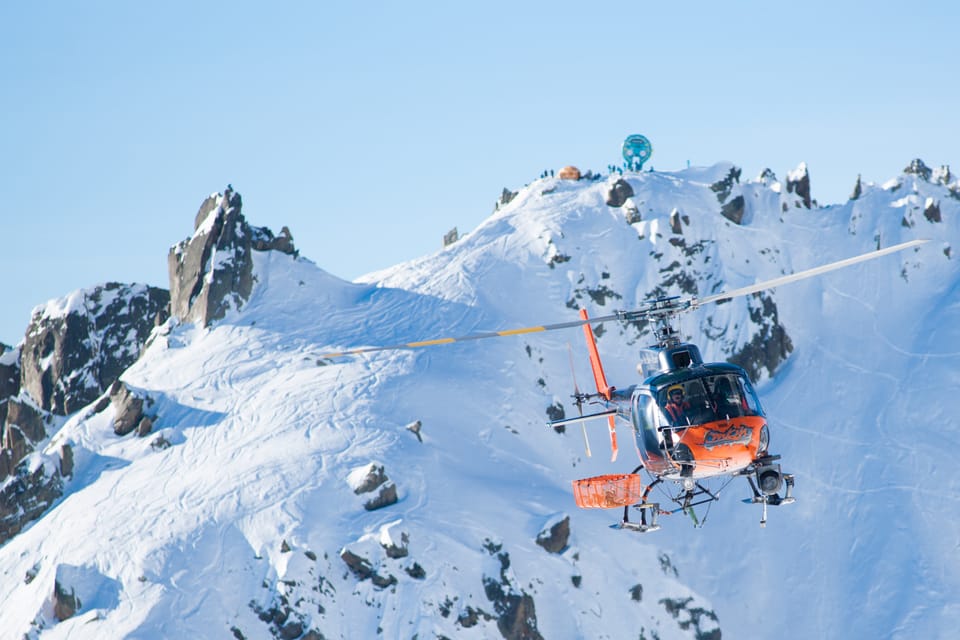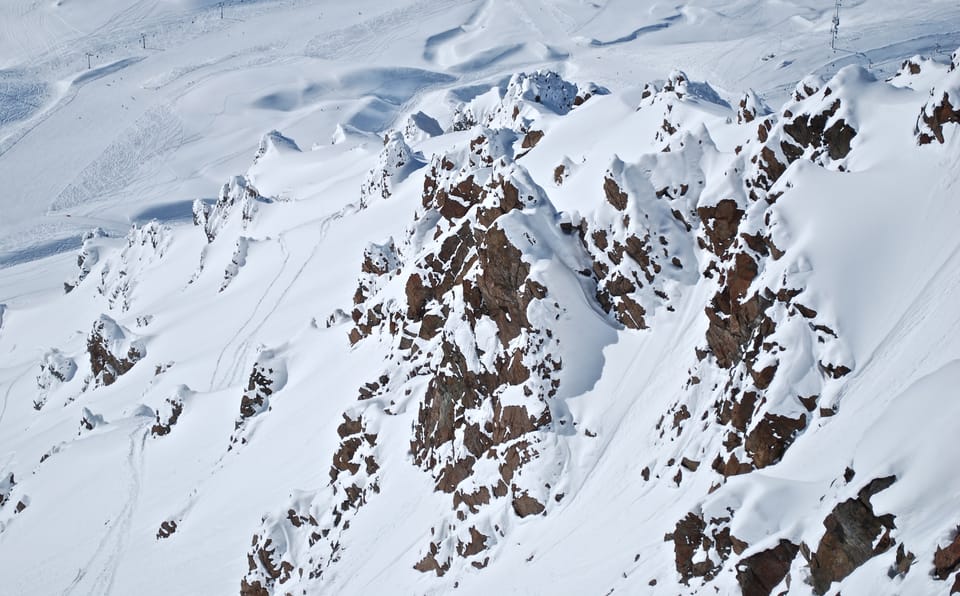It’s Snowing on Mars this Summer (Probably)

A new scientific study has determined that it is snowing on northern Mars every night.
New atmospheric simulations indicate that occasional observations over the past decade from orbiting reconnaissance spacecraft and landers that appeared to show snow or frost on Mars, and potentially snow-bearing clouds in the atmosphere, are correct.
Details of the new study have been published in the journal Nature Geoscience. Scientists found that flakes of water ice fall from clouds high in the planet’s atmosphere, sometimes failing to reach the ground, but sometimes leaving a frosty covering.
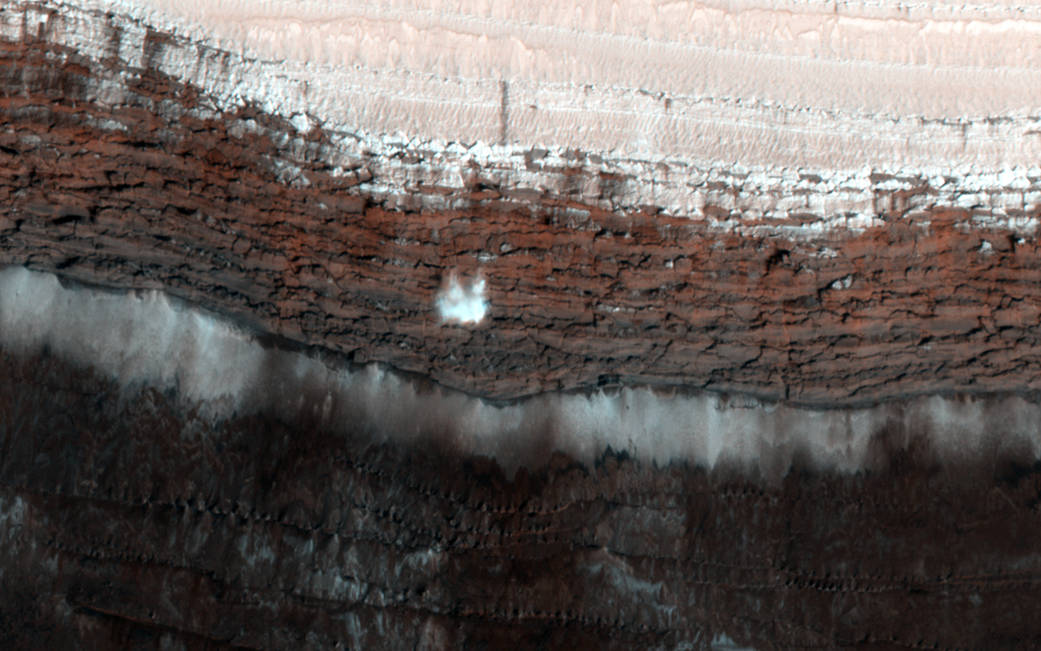
(A frost avalanche seen by the HiRISE camera aboard NASA’s Mars Reconnaissance Orbiter in 2015)
The simulations appear to confirm earlier physical observations. Early in 2000 space scientists reported on the first signs of “martian snowfall and avalanches” after studying images from the Mars Orbiter’s cameras. The spacecraft’s images showed what appeared to be avalanches on crater lips – leading space snowfall expects to speculate that Martians may risk skiing and boarding off piste on a regular basis. Other instances included in 2012 NASA’s Mars Reconnaissance Orbiter which appear to see a cloud of carbon dioxide snowflakes over the southern pole. It’s now believed this snowfall may accumulate to several metres each year.
“Ten years ago, the water-ice clouds were thought to have little impact on Mars climate,” Wilson says. “Now, we realize they have a big impact … and so things become richer and more complex and interesting than we suspected,” says John Wilson of NASA’s Ames Research Center.
Mars is home to the highest mountain so far discovered in the solar system, Olympus Mons (pictured below), which is about 25,000m high, around two-and-a-half times higher than Mt Everest, and has a footprint so big it would cover France if it was on earth. It’s believed to be snow capped at times but how far you can ski down remains an unknown.
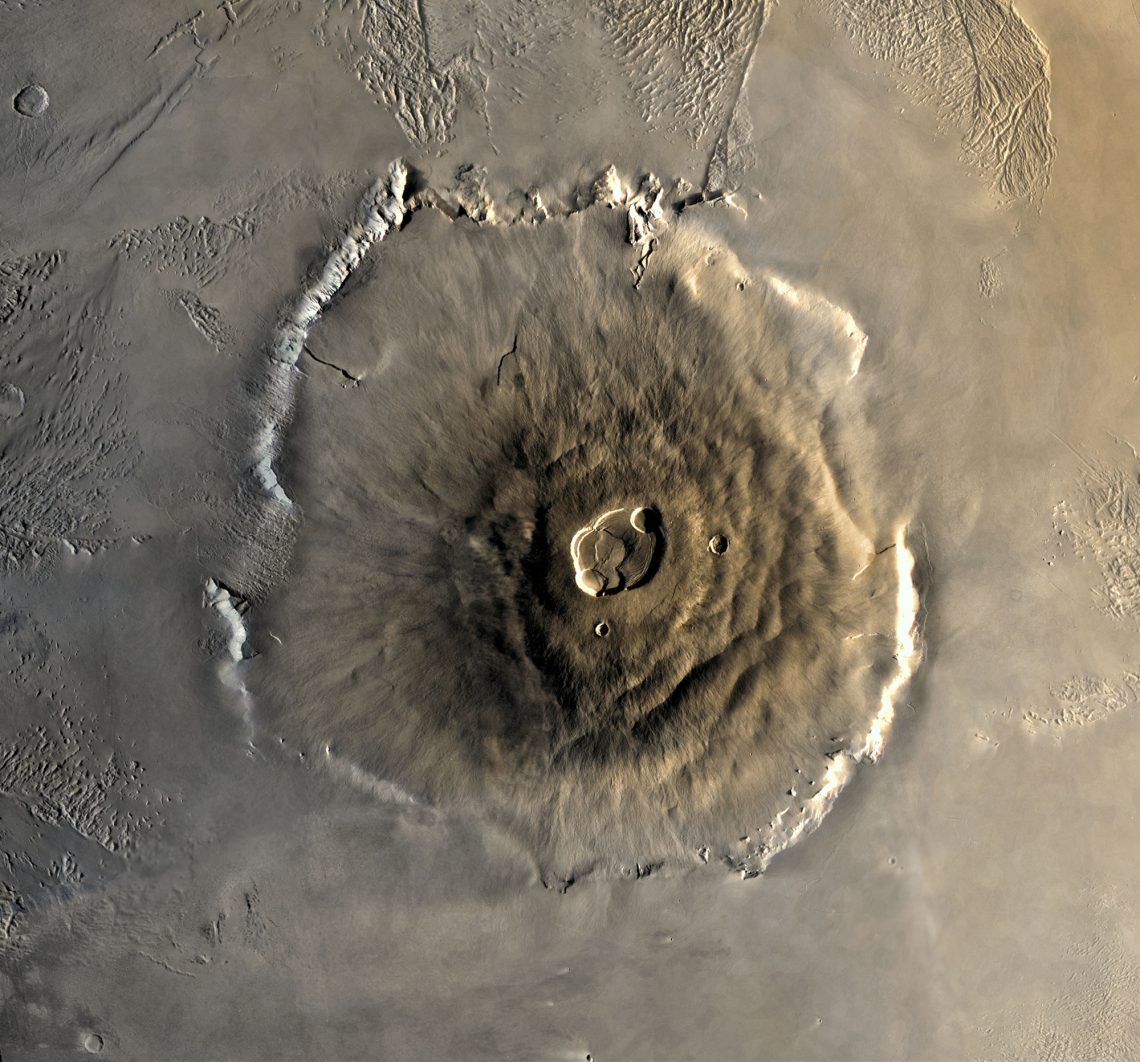
Since the turn of the century NASA and other space exploration organisations have gone from debating whether water existed outside the earth’s atmosphere to determining that many of the moons orbiting planets in the solar system are made up mainly of water ice.
It has also been theorised and in some cases observed by spacecraft that snow exists in various forms and various chemical compounds on at last 20 moons and planets outside earth within our solar system.
A recently published book, Snow In Space, details these.
(Images above credit NASA/JPL)
